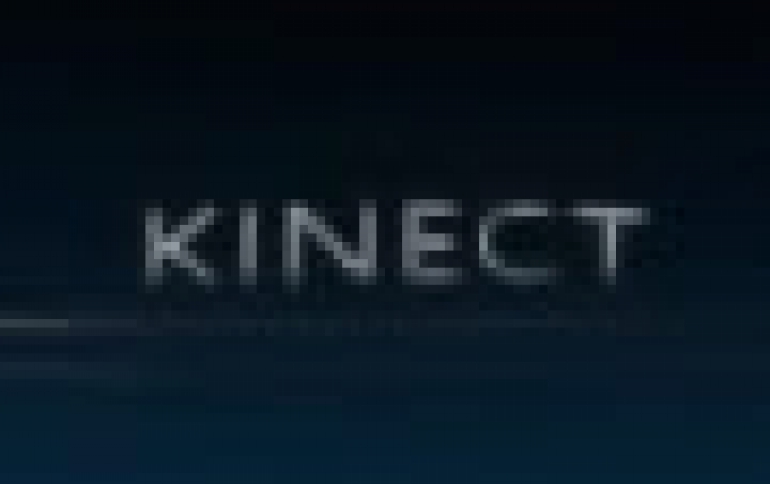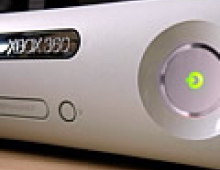
Microsoft Releases Kinect for Windows SDK
Microsoft today announced the availability of Kinect for Windows Software Development Kit (SDK) from Microsoft Research, a free beta release for noncommercial applications.
The SDK is designed to empower developers, academic researchers and enthusiasts to create new experiences that include depth sensing, human motion tracking, and voice and object recognition using Kinect technology on Windows 7. The Kinect for Windows SDK can be downloaded today for free for at http://research.microsoft.com/kinectsdk.
Working with the new toolkit and a vast array of hardware, developers are expected to build concept applications across a diverse range of scenarios, including, potentially, healthcare, science and education.
The Kinect for Windows SDK, which works with Windows 7, includes drivers, APIs for Raw Sensor Streams, natural user interfaces, installer documents and resource materials. The SDK provides Kinect capabilities to developers building applications with C++, C# or Visual Basic using Microsoft Visual Studio 2010.
Features of the SDK include the following:
- Raw Sensor Streams. Developers have access to raw data streams from depth sensor, color camera sensor and the four-element microphone array. These will allow them to build upon the low-level streams generated by the Kinect sensor.
- Skeletal Tracking. The SDK has the capability to track the skeleton image of one or two people moving within the Kinect field of view, making it possible to create gesture-driven applications.
- Advanced Audio Capabilities. Audio processing capabilities include sophisticated noise suppression and echo cancellation, beam formation to identify the current sound source, and integration with the Windows speech recognition API.
- Ease of installation. The SDK quickly installs in a standard way for Windows 7 with no complex configuration required and a complete installer size of less than 100 MB. Developers can get up and running in just a few minutes with a standard standalone Kinect sensor unit widely available at retail.
- Extensive documentation. The SDK includes more than 100 pages of technical documentation. In addition to built-in help files, the documentation includes detailed walkthroughs for most samples provided with the SDK.
Microsoft intends to release a commercial version of the SDK at a later date.
Working with the new toolkit and a vast array of hardware, developers are expected to build concept applications across a diverse range of scenarios, including, potentially, healthcare, science and education.
The Kinect for Windows SDK, which works with Windows 7, includes drivers, APIs for Raw Sensor Streams, natural user interfaces, installer documents and resource materials. The SDK provides Kinect capabilities to developers building applications with C++, C# or Visual Basic using Microsoft Visual Studio 2010.
Features of the SDK include the following:
- Raw Sensor Streams. Developers have access to raw data streams from depth sensor, color camera sensor and the four-element microphone array. These will allow them to build upon the low-level streams generated by the Kinect sensor.
- Skeletal Tracking. The SDK has the capability to track the skeleton image of one or two people moving within the Kinect field of view, making it possible to create gesture-driven applications.
- Advanced Audio Capabilities. Audio processing capabilities include sophisticated noise suppression and echo cancellation, beam formation to identify the current sound source, and integration with the Windows speech recognition API.
- Ease of installation. The SDK quickly installs in a standard way for Windows 7 with no complex configuration required and a complete installer size of less than 100 MB. Developers can get up and running in just a few minutes with a standard standalone Kinect sensor unit widely available at retail.
- Extensive documentation. The SDK includes more than 100 pages of technical documentation. In addition to built-in help files, the documentation includes detailed walkthroughs for most samples provided with the SDK.
Microsoft intends to release a commercial version of the SDK at a later date.



















